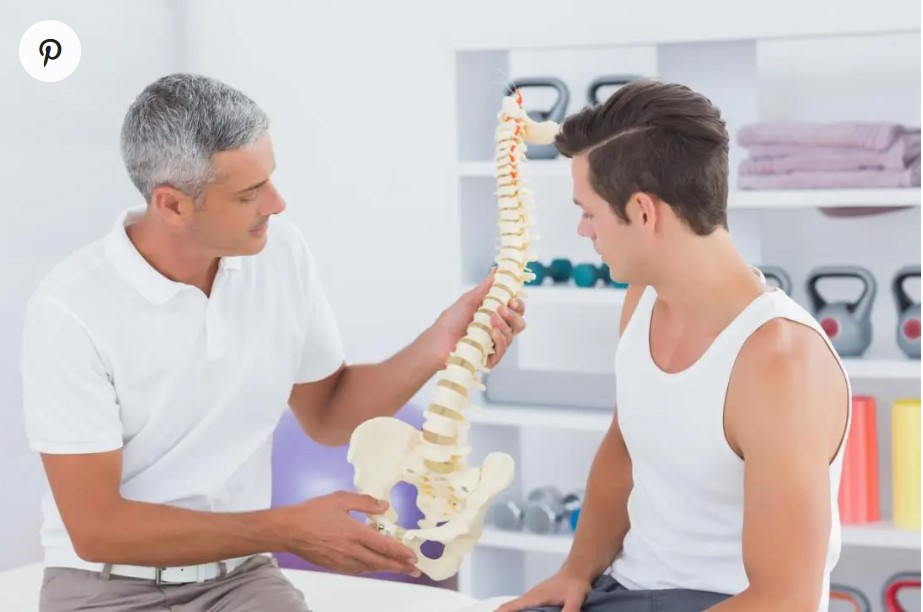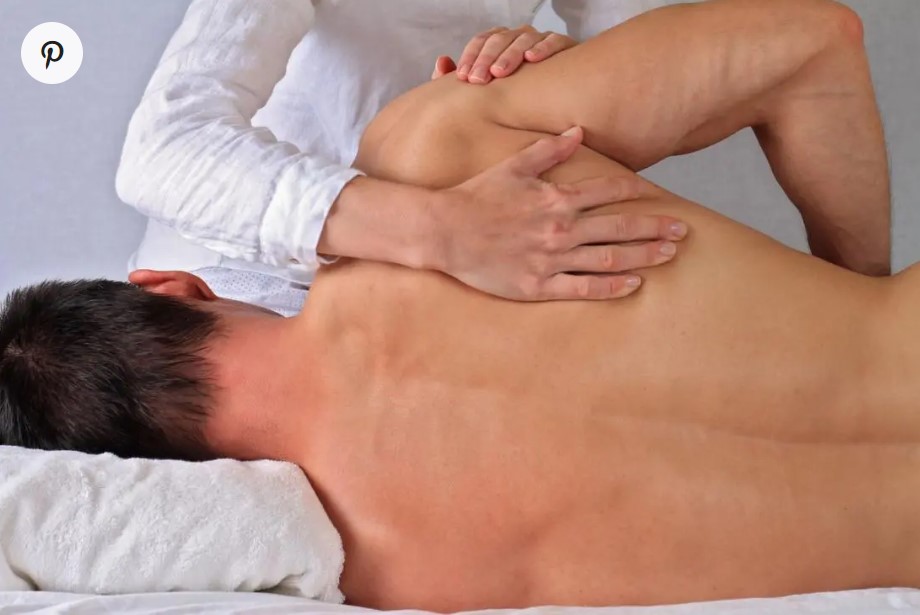Osteopathy
Osteopathy as a healing method was named in 1874 by military doctor and bridge engineer Andrew Taylor Still. The term is derived from Greek: “osteon” meaning bone, and “pathos” meaning disease or suffering. Dr. Still observed through his practice and the knowledge gained from indigenous peoples that the human body is a whole, and dysfunction in one area affects other areas as well. He was convinced that most diseases could be alleviated or allowed to heal without medication. The key is to find anatomical abnormalities and ensure the free flow of nerve energy within the body. This is achieved by correcting resources that obstruct the flow of body fluids.


When can it help?
- Arthritis
- Foot, ankle, hip, and knee pain
- Back pain, neck pain
- Hand, shoulder, and elbow pain
- Headaches
- Tennis and golfer’s elbow
- Postural problems due to pregnancy, sports injuries, driving or work strain, or digestive issues
- Neuralgia
Osteopaths can also identify diseases that cannot be treated with osteopathy and refer patients to other specialists.
Pain and discomfort can cause sleep deprivation or restless nights. This can impair the body’s function and reduce the ability to cope with pain. Osteopathy reduces sleep disorders caused by chronic pain.
Osteopathic treatments can positively affect the nervous, circulatory, and lymphatic systems, improving overall health. Some osteopathic techniques can enhance the lymphatic system and promote internal healing without invasive surgical treatment.
How does it work?
Osteopathy is a drug-free, non-invasive manual therapy aimed at improving the health of all body systems by manipulating and strengthening the musculoskeletal framework. Osteopaths focus on the joints, muscles, and spine. The goal of treatment is to positively affect the body’s nervous, circulatory, and lymphatic systems. Manual medicine means that both diagnosis and treatment are carried out with the hands. An osteopath uses various techniques and palpation (identifying problem areas by touch) to awaken the body’s own resources at five different levels: skin, fluids, connective tissue, muscles, and bones.
Contraindications
There are few contraindications, and they are relative, meaning that with skillful and cautious application, osteopathy can still be used. The main ones include:
- Acute inflammation
- Destruction (tumor, metastasis)
- Severe osteoporosis
- Significant degeneration
- Deformation
Risks
As with all treatment methods, there are certain risks associated with osteopathy.
It is common for patients to feel sore for 24-48 hours after a session, similar to after exercising. Some patients may experience short-term headaches. Older patients may have less common side effects, including severe pain, numbness, or tingling. If these occur, patients should speak with their osteopath or doctor.
More severe side effects may require emergency medical attention. These include stroke, disc prolapse, pain radiating to a limb, nerve damage, muscle weakness, and bladder or bowel problems.
Most of these risks are rare, but patients should be aware of them before starting treatment.
Useful to know
The duration of a session is usually 30-90 minutes. Sessions can be conducted as needed, 1-2 times a week, or in some cases, once a month.
Sources
osteopaat.ee
medicalnewstoday.com
